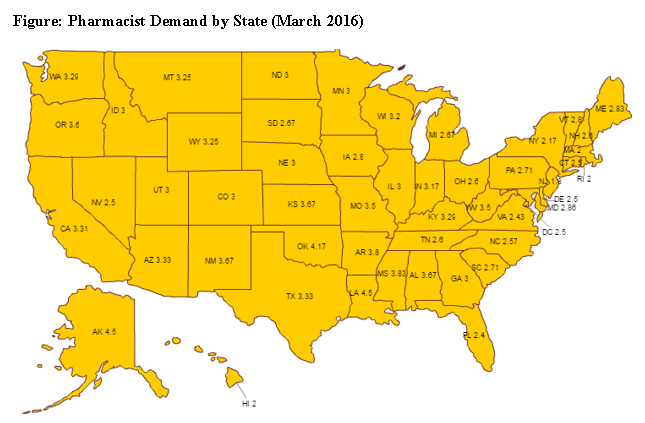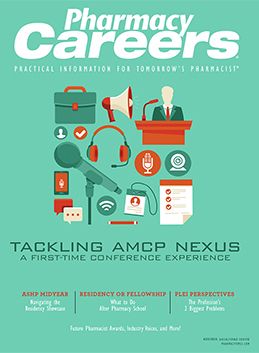Publication
Article
Pharmacy Careers
Job Facts and Figures: Information for Success
Author(s):
Although the pharmacy profession has continued to evolve, the overall demand for pharmacists has waned since last year, according to the latest figures from the Aggregate Demand Index.
Although the pharmacy profession has continued to evolve, the overall demand for pharmacists has waned since last year, according to the latest figures from the Aggregate Demand Index (ADI).
Supported by the Pharmacy Workforce Center, the ADI uses data from panelists involved in the hiring of pharmacists to provide a continuous measure of national, regional, and state-level demand for pharmacists. The 5-point scale on which the ADI estimates demand can be found on the Table.
Table: Demand Categories
5 = High demand; difficult to fill open positions
4 = Moderate demand; some difficulty filling open positions
3 = Demand in balance with supply
2 = Demand is less than the pharmacist supply available
1 = Demand is much less than the pharmacist supply available
The most recent available data show national pharmacist demand was 2.94 in March 2016, a decrease from the demand score of 3.55 estimated in March 2015.
Large organizations that include community, clinic, and inpatient pharmacies were found to have a particular high demand for pharmacists (3.62) compared with institutional settings (2.99) and community settings (2.95).
Regionally, the Western states saw the greatest demand (3.25) in March 2016, followed by Southern states (3.04) and Midwestern states (2.98), while the Northeastern states saw the least demand for pharmacists (2.27) during this time. Notably, the demand in each region was lower in March 2016 than it was in the previous year.
Among individual states, demand for pharmacists was highest in Louisiana (4.50), Oklahoma (4.17), and Mississippi (3.38), and lowest in Massachusetts (2.00), Rhode Island (2.00,) and New Jersey (1.80). See the Figure for a complete list of the March 2016 demand scores in each state.








